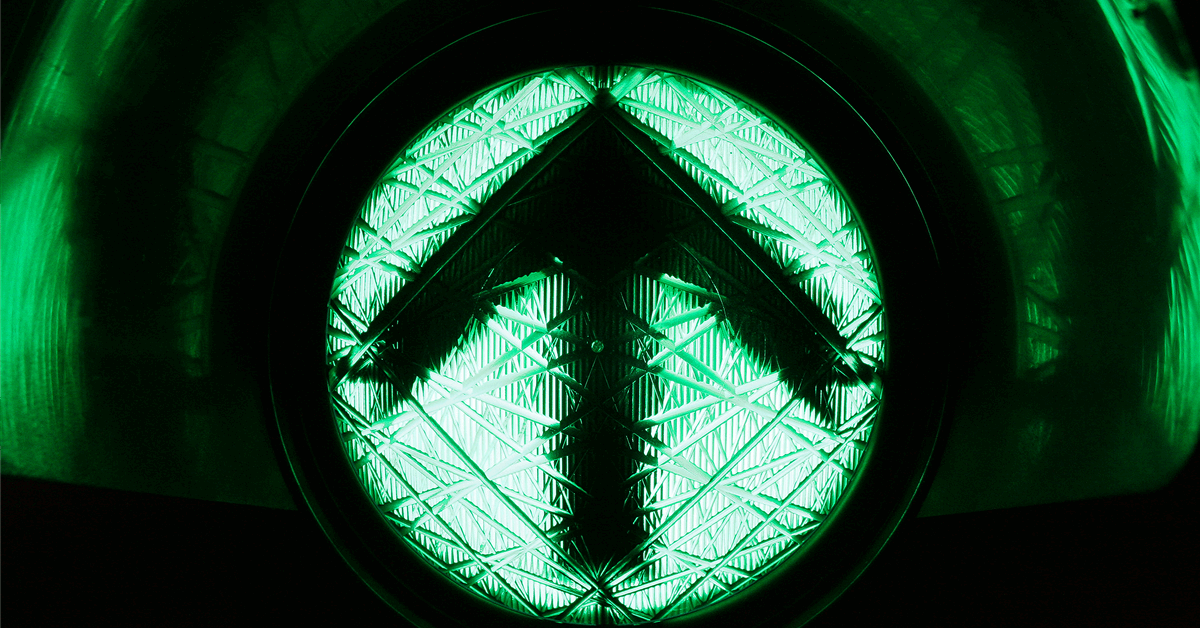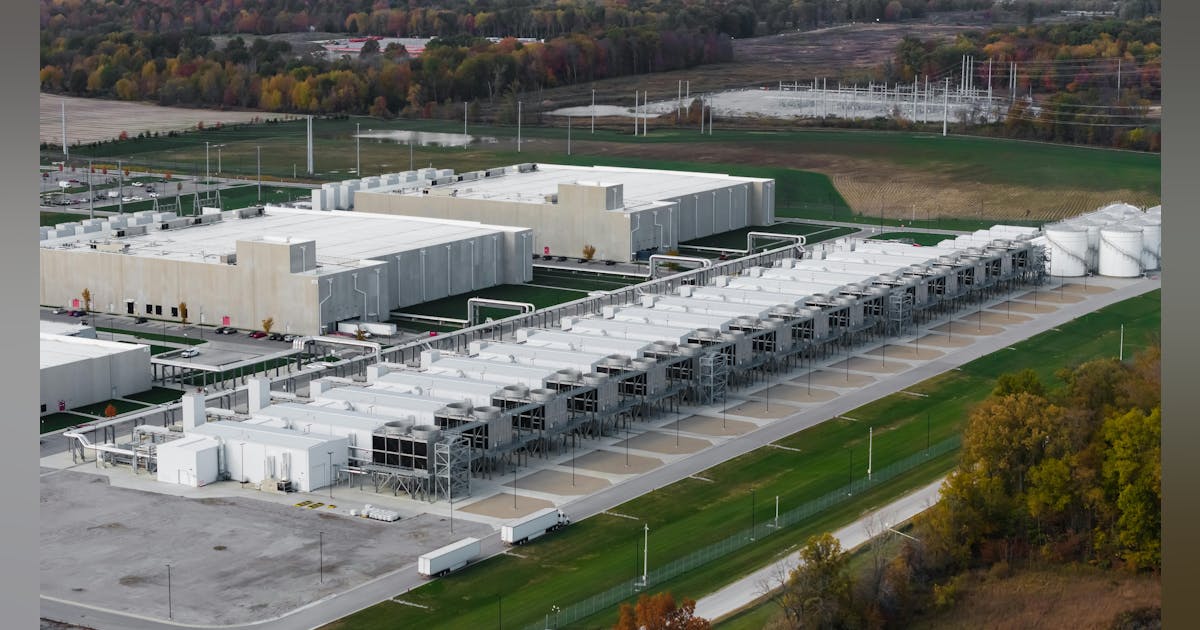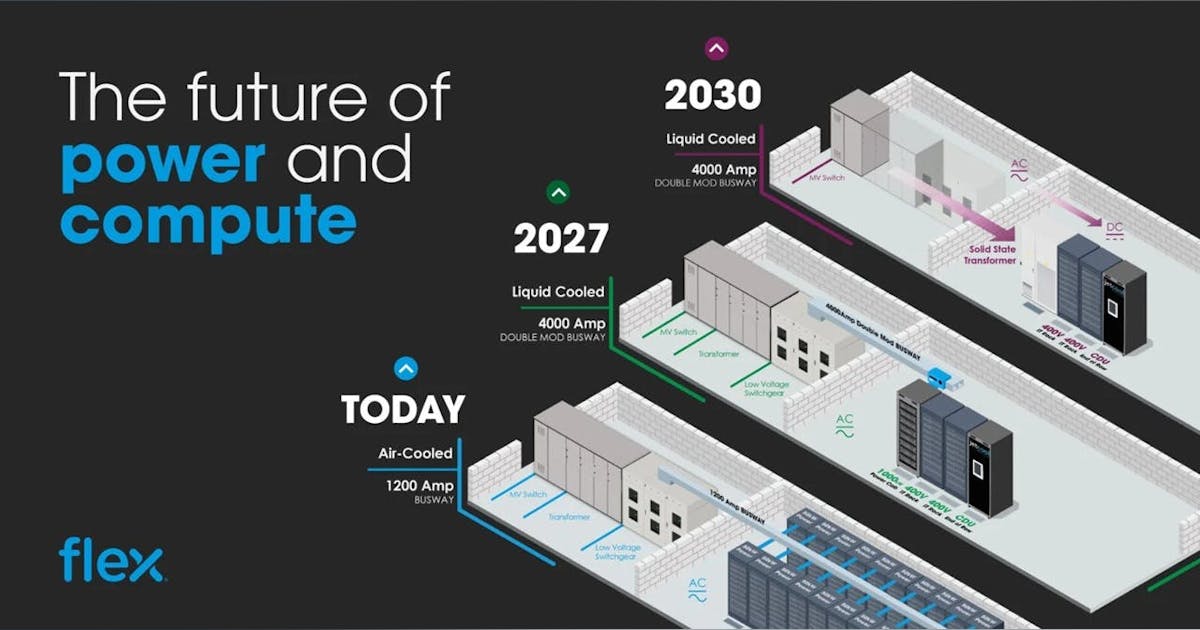
On November 4, 2025, Google unveiled Project Suncatcher, a moonshot research initiative exploring the feasibility of AI data centers in space. The concept envisions constellations of solar-powered satellites in Low Earth Orbit (LEO), each equipped with Tensor Processing Units (TPUs) and interconnected via free-space optical laser links.
Google’s stated objective is to launch prototype satellites by early 2027 to test the idea and evaluate scaling paths if the technology proves viable.
Rather than a commitment to move production AI workloads off-planet, Suncatcher represents a time-bound research program designed to validate whether solar-powered, laser-linked LEO constellations can augment terrestrial AI factories, particularly for power-intensive, latency-tolerant tasks.
The 2025–2027 window effectively serves as a go/no-go phase to assess key technical hurdles including thermal management, radiation resilience, launch economics, and optical-link reliability. If these milestones are met, Suncatcher could signal the emergence of a new cloud tier: one that scales AI with solar energy rather than substations.
Inside Google’s Suncatcher Vision
Google has released a detailed technical paper titled “Towards a Future Space-Based, Highly Scalable AI Infrastructure Design.” The accompanying Google Research blog describes Project Suncatcher as “a moonshot exploring a new frontier” – an early-stage effort to test whether AI compute clusters in orbit can become a viable complement to terrestrial data centers.
The paper outlines several foundational design concepts:
Orbit and Power
Project Suncatcher targets Low Earth Orbit (LEO), where solar irradiance is significantly higher and can remain continuous in specific orbital paths. Google emphasizes that space-based solar generation will serve as the primary power source for the TPU-equipped satellites.
Compute and Interconnect
Each satellite would host Tensor Processing Unit (TPU) accelerators, forming a constellation connected through free-space optical inter-satellite links (ISLs). Together, these would function as a disaggregated orbital AI cluster, capable of executing large-scale batch and training workloads.
Downlink and Ground Segment
Data transmission back to Earth would rely on laser communications to ground stations, leveraging Alphabet’s broader expertise in free-space optical networking. Google’s affiliate Taara – already demonstrating wireless optical links spanning up to 20 km at speeds reaching 20 Gbps – illustrates the company’s pedigree in this domain.
Project Timeline
Google’s roadmap calls for two prototype satellites by early 2027 to validate key assumptions around power generation, communications performance, thermal management, radiation resilience, and orchestration frameworks. Future scale-out decisions will depend on the results of these initial flights.
The Case for Space: Sustainability and Scalability Beyond Earth
As hyperscalers confront mounting environmental and siting challenges for large-scale AI factories, Google sees space as the next sustainability frontier. By relocating even a portion of compute to Low Earth Orbit (LEO), where environmental impact on the ground is limited to a network of optical ground stations, Project Suncatcher aims to demonstrate a radically different model for scaling AI infrastructure.
Google highlights several core advantages of space-based AI clusters:
-
Unconstrained solar energy: In-space solar irradiance can be several times higher than on Earth, enabling continuous, carbon-free power for AI workloads.
-
Minimal terrestrial footprint: No land acquisition, no freshwater cooling demand, and a negligible draw on local grids compared with gigawatt-class AI campuses.
-
Maturing optical networks: Inter-satellite laser links and high-bandwidth optical downlinks have advanced enough to plausibly knit orbital compute nodes into a functioning cloud layer.
In sustainability terms, Google contends that once launched, the lifecycle emissions of space-based clusters could compare favorably to terrestrial data centers, since orbital solar power is constant and cooling water or land use is near-zero.
Critics note that the embedded carbon of rocket launches and hardware replacements must be factored in; the net benefit will ultimately depend on satellite lifetimes, launch cadence, and utilization efficiency. Google’s position is that, over the long run, orbital compute could yield a lower total impact than continually expanding Earth-bound campuses.
Not every AI workload will be suited to the orbital environment. Vendors such as NVIDIA have already begun assessing task suitability for space-based inference and training, with some challenges addressable using current technology and others requiring new approaches.
In the near term, batch or latency-tolerant AI tasks—such as pre- and post-processing of Earth-observation data, large-scale model training, and asynchronous inference—are the most likely candidates for orbital deployment. These match the rationale behind earlier space-compute experiments, where running large language models (LLMs) in orbit demonstrated that high-latency tolerance reduces dependence on ground-link performance.
Conversely, interactive or high-fanout, low-latency services (for example, conversational AI requiring
Engineering the Impossible: Overcoming Space-Scale Barriers
Even by Google’s standards, Project Suncatcher faces a gauntlet of engineering challenges that must be solved before space-based AI compute can move beyond concept. Each represents a field of research in its own right:
-
Thermal management in vacuum: With no convective airflow, heat must be dissipated through radiative panels with strict mass-to-surface-area trade-offs. Google lists thermal design as a core focus of the Suncatcher program.
-
Radiation hardening and reliability: TPUs and memory subsystems require robust shielding, error-correction protocols, and redundancy strategies, potentially including radiation-tolerant silicon variants. Precedent efforts such as HPE’s Spaceborne Computer aboard the International Space Station have been investigating these issues for years.
-
Launch logistics and cost: Delivering power-dense compute payloads to orbit remains expensive and risk-laden. Google’s roadmap therefore begins with small-scale prototype launches in 2027 to validate feasibility before any larger deployments.
-
Optical link availability: Clouds, fog, and aerosols can interrupt ground-to-orbit laser communications, necessitating a geographically distributed mesh of ground stations and potential RF fallbacks or store-and-forward buffering. Alphabet’s Taara technology experience is directly relevant here.
-
Space debris and station-keeping: Satellite constellations must adhere to evolving debris-mitigation standards, end-of-life deorbiting, and collision-avoidance protocols within increasingly crowded LEO shells. Regulators are still adapting frameworks shaped by the rapid expansion of systems like Starlink.
-
Astronomy interference: The proliferation of bright orbital constellations continues to raise concerns in the optical and infrared astronomy communities. Proposed mitigations include dark coatings, adaptive attitude management, and orbit-sharing coordination.
Outlook: A Monumental Challenge with Transformative Potential
Even with Google’s prototype launches targeted for 2027, that timeline appears ambitious given the breadth of technical, logistical, and regulatory barriers still ahead. And those are only the hurdles already identified. The interplay of engineering complexity, environmental policy, and orbital governance means aligning all stakeholders (from satellite operators to space agencies) will be a monumental task.
Still, Project Suncatcher underscores a profound shift in how hyperscalers imagine infrastructure at planetary scale. If even part of Google’s vision succeeds, the data center industry could one day extend its footprint beyond the grid, and beyond the atmosphere.























